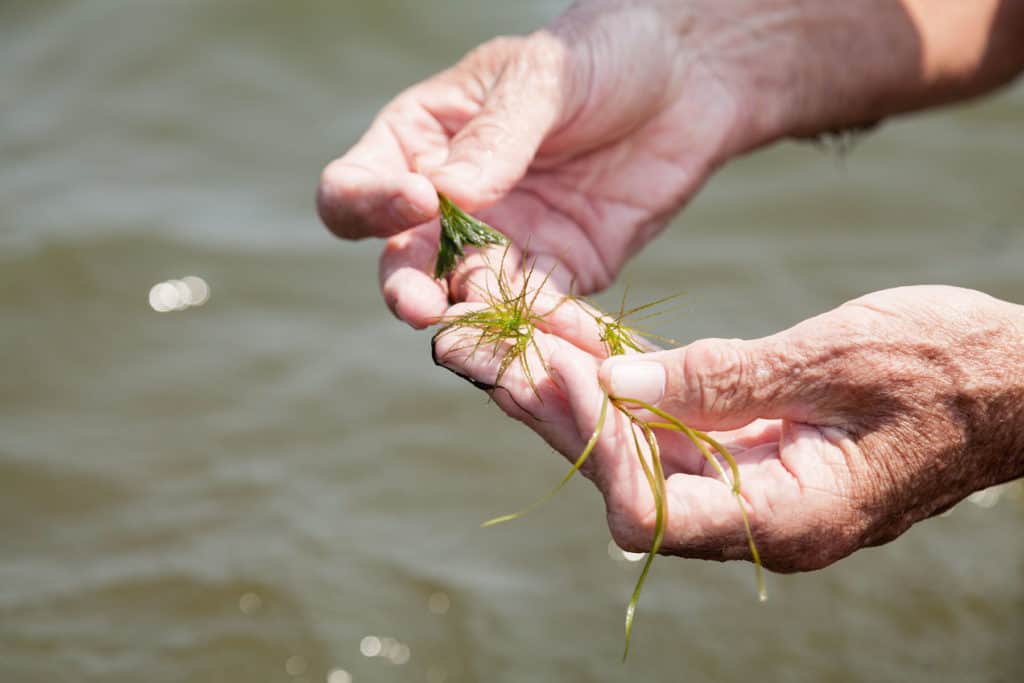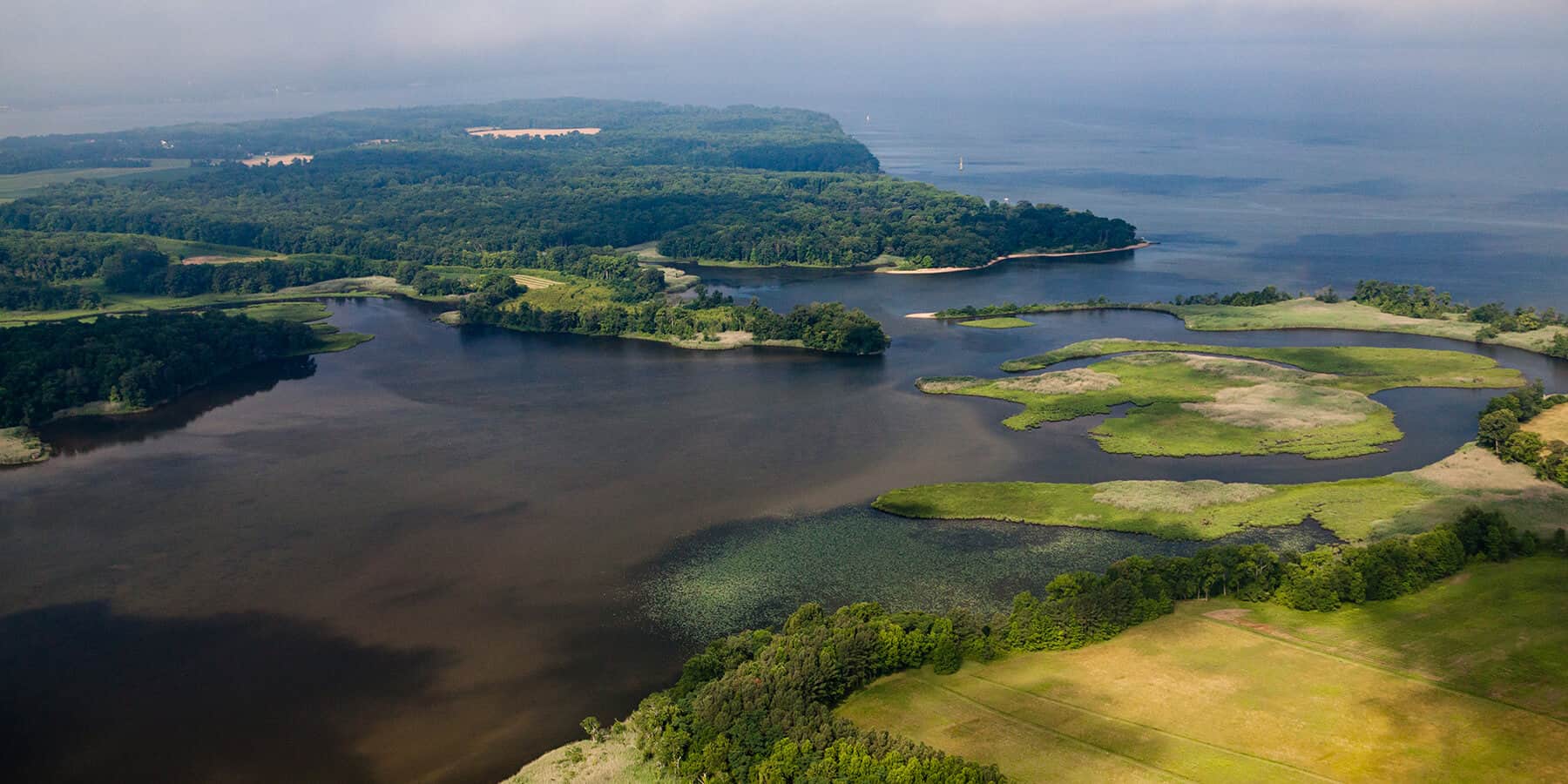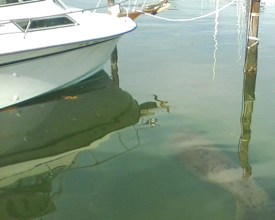After six years of increases in underwater grasses baywide, the Chesapeake Bay Program’s latest data shows discouraging results.
This week, the partnership released its annual Baywide survey of underwater grasses (submerged aquatic vegetation, or SAV), showing a reduction from a total of 108,761 acres in 2018 to 66,387 acres in 2019. In the six years prior, Bay grasses rose to finally exceed 100,000 acres in 2017 for the first time since the survey began in 1984. The ultimate goal for SAV restoration is 185,000 acres.
The 2019 number is certainly disappointing, but as usual, the Chesapeake doesn’t give us simple answers. Much of the blame goes to the record-breaking rainfall the Bay watershed received in 2018 and the first half of 2019, which created multiple stresses on grass beds from the Susquehanna Flats to the Virginia Capes. The diverse beds in the upper Bay and rivers actually weathered the high river flows well, but the beds of eelgrass and widgeongrass in the saltier lower Bay declined dramatically, especially around Smith and Tangier Islands.
“Underwater grasses are flowering plants that need more light than any other plants on Earth,” says Dr. Robert “JJ” Orth, the longtime grasses scientist at the Virginia Institute of Marine Science (VIMS). As they do in the rest of Earth’s shallow waters, the fifteen or so species in the Chesapeake form underwater prairies that provide essential habitat for many Bay critters, from blue crabs, rockfish, and wintering tundra swans to the tiny crustaceans that supply the lower levels of their food webs.
But for more than a century, these plants have had to deal with reduced light from nutrient-pollution-fueled algae blooms and sediment runoff from human activities. Now, rapidly oscillating salinities and turbidity from “pulse events” (unusually intense storms), and rising water temperatures are adding extra stress. “Climate change is real,” says Dr. Orth. High salinity creates challenges for most underwater grasses species. Thus it’s no surprise that beds in the lower Bay grow only two species, eelgrass and widgeongrass, while the Susquehanna Flats and the Potomac River around Washington, DC have a dozen or more, and an intermediate river like the Severn above Annapolis has six or seven. The diverse communities are more stable, as different species peak under varying conditions.
In the lower Bay, widgeongrass is a boom-and-bust species that has a history of exploding and then declining, so it may well rebound in this year’s more normal circumstances. Though it lives well in a broad range of salinities, it does not handle the stress of rapid fluctuations well, notes Brooke Landry, Natural Resource Biologist at Maryland’s Department of Natural Resources and Chair of the Chesapeake Bay Program’s SAV Workgroup.
Meanwhile, eelgrass is near the southern limit of its range in the Chesapeake, so rising temperatures in summer cause extra stress, as do pulses of fresher water. “As long as eelgrass has light, it can deal with increasing temperature,” says JJ Orth, as he has found in a remarkable restoration project in Virginia’s shallow seaside Eastern Shore coastal bays.
But turbidity from sediments and nutrients make its life difficult in the Chesapeake. Orth and Landry both see the strength of the upper Bay and river beds as a sign that the Chesapeake Clean Water Blueprint’s long-term reductions of nutrients and sediment are making a real difference in restoring the system. The challenge will be to keep the effort going through our changing climate.
-John Page Williams




